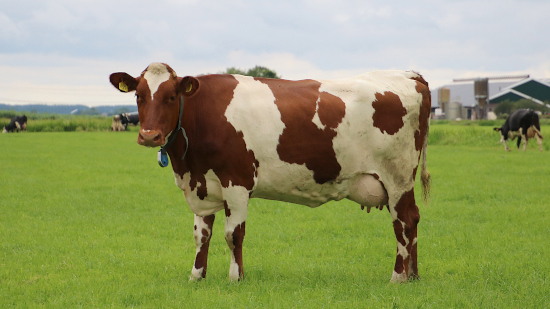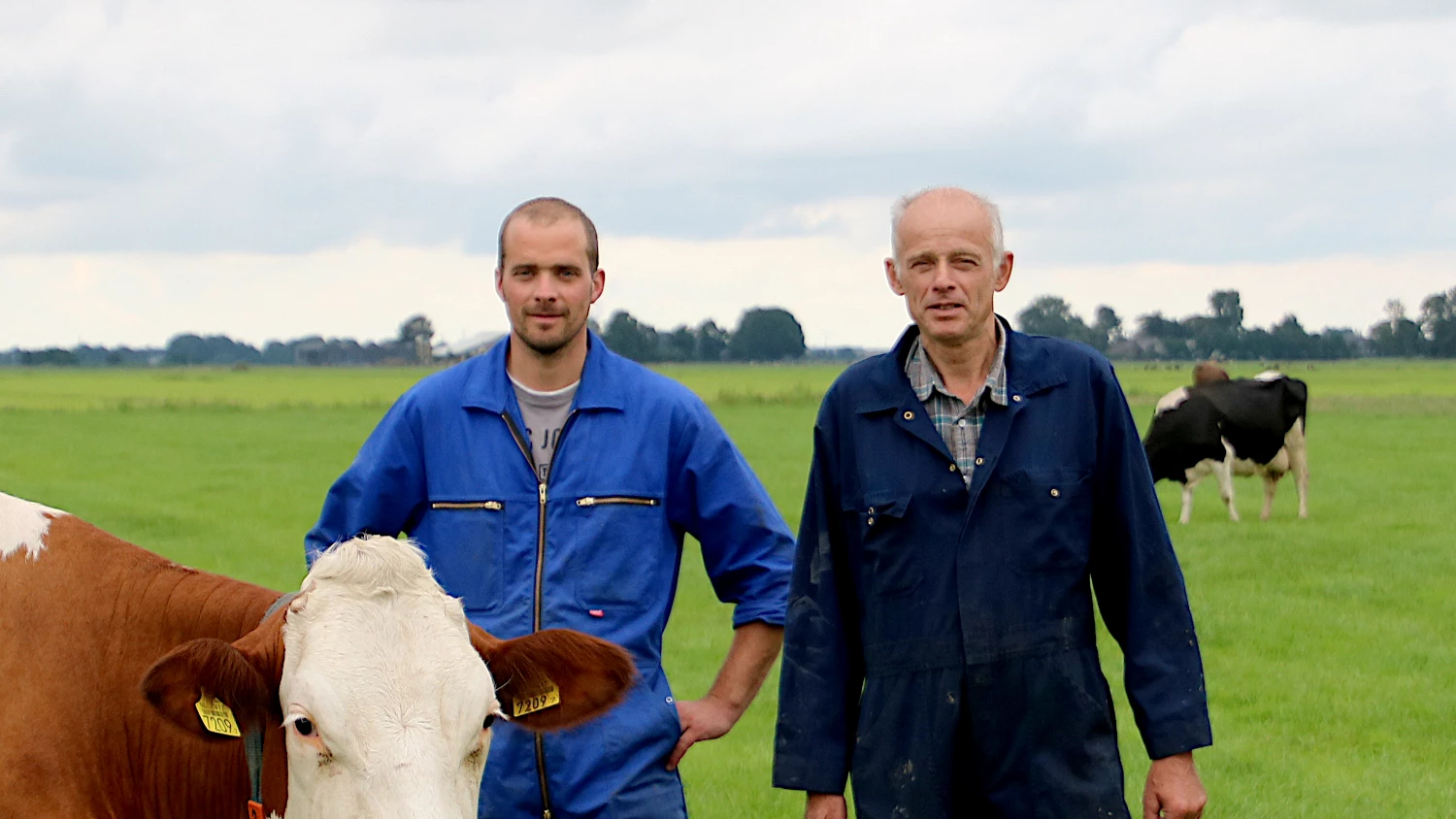The Meuleman family is located in Mastenbroek in the region of Overijssel, in the Netherlands. Over the past ten years, this dairy farm has undergone a metamorphosis in terms of breeding, management, and many of the business operations in the farm. It has not been an easy process, but the excellent results achieved gave them the confidence that all their choices have been very well rewarded.
“2009 was not a good year for our farm, since we were facing some issues in different areas such as calves rearing, they were weak and not developing well” - says Bert Jan
A good dairy cow starts with optimal calf rearing. “The growth you lose as a calf is no longer made up for,” says Bert Jan. The calves now stay on the farm for up to 4-5 months of age, while trying to achieve maximum growth. Then we move them to another breeder whey they stay until 4-6 weeks before calving as they are ready to return home.
"We are very satisfied with this system; we have better calves and thus better heifers and cows". This breeder is very good, and the calving age has now been reduced from 26 to 24 months. By achieving maximum growth, age at 1st calving can be reduced even further.
In the same period, XSires (Geno Global distributor in the Netherlands) genetic advisor, Bertus Eggink - now retired - was starting to visit the Meuleman farm discussing with Egbert and Bert Jan about crossbreeding as an option to quickly improve herd performances, specifically on traits like fertility and health. “We were not ready yet to make that change in our breeding, but we were open to learning more and we really value discussing it with Bertus,” says Egbert.
One year passed and they were still facing the same issues that were really frustrating everybody at the farm. “Then we decided to change, and following a new meeting with XSires, we set up a new strategy based on a 3-way crossbreeding scheme using Norwegian Red, Fleckvieh, and Holstein genetics," he added.

Daughter of Norwegian Red bull 10795 Hoøen at Meuleman Dairy Farm. Photo: XSires
“One of the main reasons to start crossbreeding was to get a stronger cow than our Holsteins. A cow that is easier to handle and can cope with any kind of stress without compromising too much her performances. We were confident that was a right choice also based on the international studies and trials already available at the time” says Egbert “and we decided to start doing crossbreeding on half of the herd”.
About 90% of all cows are now crossbred, with a number of really striking cows. “We have nine NR11078 Gopollen daughters that are doing very well with an average production of 305 days in the first lactation of 9.510 kg of milk, above the herdmates average of the same age. Other Norwegian Red sires we’re using now are 11033 Reitan, 11147 Enger, and 10795 Hoøen.
While walking through the cows, both Egbert and Bert Jan are unanimous: the pleasure in dairy farming is back, and how wonderful it is to be able to work with such the best cows every day!
